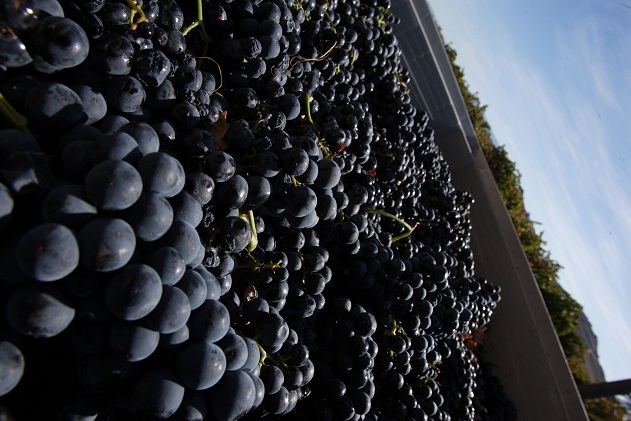Italy is the country with the greatest diversity in its vineyards according to the International Organisation of Vine and Wine (OIV). With 690,000 hectares, sangiovese is the dominant grape, with a percentage of 8% of the total vineyard, followed by montepulciano, glera and pinot gris (4%) and merlot (3%). The remaining 77% of the vineyard is divided among other types of grapes.
After Italy, the countries with the greatest varietal diversity are Portugal and Romania, while in France, and especially in Spain, the ‘impoverishment’ is much more significant. In France, with 785,000 hectares, merlot occupies 14% of the total vineyard area, followed by trebbiano (cognac) and grenache (10%), syrah (8%) and chardonnay (6%). These five grape varieties account for 48% of the vineyard.
In the case of Spain, with 975,000 hectares of vineyards, 22% is for airén and 21% for tempranillo. This is followed by Bobal (6%), Garnacha and Viura (5%), so that 61% of the Spanish vineyard is concentrated in just five varieties.
In 1912, Nicolás García de los Salmones cited 44 grape varieties grown in Rioja, so it is clear that during the 20th century there has been a strong genetic impoverishment with only seven traditional grape varieties authorized by the Control Board. In 2009, the company took a landmark decision with the expansion, for the first time since 1925, of the varietal range with new native grape varieties: turruntés, maturana blanca and tempranillo blanco, for whites, and maturana tinta, maturano or maturana parda and monastel, as new reds. Likewise, the cultivation of three foreign white varieties was authorized, chardonnay, sauvignon blanc and verdejo, three very good grapes, but for which Familia Martínez Bujanda does not bet, since we do not believe in the importation of varieties when there are indigenous varieties adapted or with historical tradition in the area.
At Finca Valpiedra, in fact, we started with Cabernet Sauvignon and nowadays we grow among the red varieties: Tempranillo, Graciano, Garnacha Tinta, Maturana Tinta and among the white varieties: Viura, Garnacha Blanca, Maturana Blanca and Malvasia. Viña Bujanda has just launched a Graciano varietal on the market.
For us, this impoverishment of varietal diversity is only part of a generalized problem in the wine world worldwide: globalization in winemaking. As our technical director, Lauren Rosillo, says, there are currently two broad types of wines on the world market: a cultural wine linked to the territory, which is unrepeatable because no two terroirs are the same, and a wine for daily consumption and of different qualities, normally always pleasant but responding to a globalized pattern.. Our bet, of course, is the first one.




